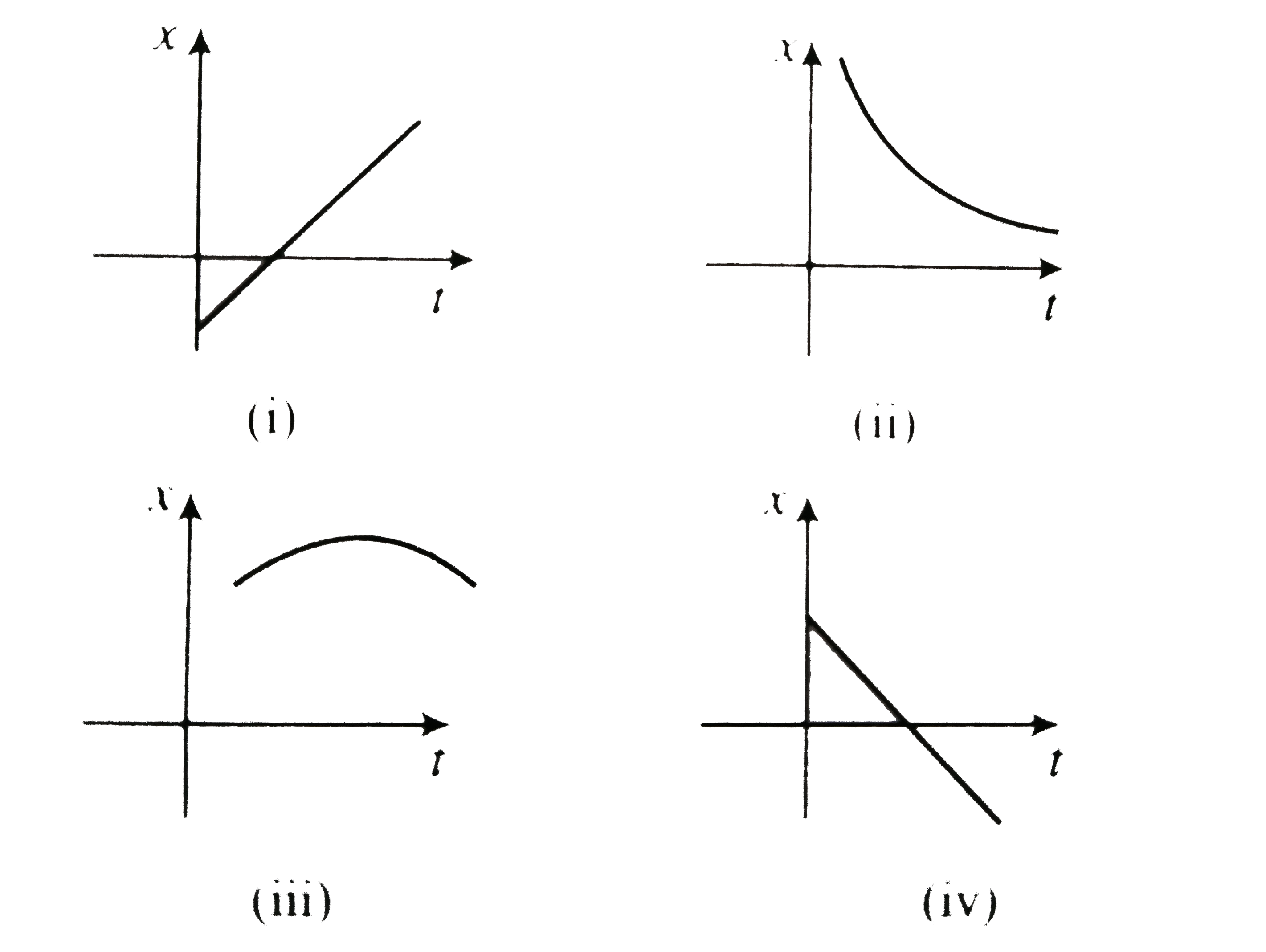Force acting on the particle moving with constant speed is
always zero
need not be zero
always non zero
cannot be concluded
The correct Answer is:b
Need not be zero When body moves in circular path object have constant velocity but centripetal force will be acting .
Topper's Solved these Questions
- LAW OF MOTION BOOK - PREMIERS PUBLISHERSCHAPTER - LAW OF MOTION EXERCISE - EVALUATION (TEXTBOOK QUESTIONS & ANSWERS) (II Short Answer Questions)
22 Videos
- LAW OF MOTION BOOK - PREMIERS PUBLISHERSCHAPTER - LAW OF MOTION EXERCISE - EVALUATION (TEXTBOOK QUESTIONS & ANSWERS) (III Long Answer Questions)
22 Videos
- KINETIC THEORY OF GASESBOOK - PREMIERS PUBLISHERSCHAPTER - KINETIC THEORY OF GASESEXERCISE - OTHER IMPORTANT QUESTIONS & ANSWERS (VI. Conceptual Questions.)
8 Videos
- MOTION OF SYSTEM OF PARTICLES AND BODIESBOOK - PREMIERS PUBLISHERSCHAPTER - MOTION OF SYSTEM OF PARTICLES AND BODIESEXERCISE - OTHER IMPORTANT QUESTIONS & ANSWER (NUMERICAL PROBLEMS)
60 Videos
Similar Questions
Knowledge Check
Study the following graph:

The particle is moving with constant speed .AIn graph (i) and (iii)BIn graph (i) and (iv)CIn graph (i) and (ii)DIn graph (i)If the kinetic energy of a particle moving with a constant speed on a circular path of radius 4 m is 100 j .Then the centripetal force will be
A30 NB50 NC40 ND60 NThe power supplied by a force acting on a particle moving in a straight line is constant. The velocity of the particle varies with the displacement x as :
A√xBxCx2Dx1/3
The power supplied by a force acting on a particle moving in a straight line is constant. The velocity of the particle varies with displacement as x1K. Find the value of K.
View SolutionThe power supplied by a force acting on a particle moving in a straight line is constant. The velocity of the particle varies with displacement as x1K. Find the value of K.
View SolutionA force acts on a particle moving at a relativistic speed in a direction perpendiculal' to its path. How will the particle move? Express the force in terms of the speed and of the radius of curvature of the path.
View SolutionForce acting on a particle of mass m moving in straight line varies with the velocity of the particle as F=K/V K is constant then speed of the particle in time t
View SolutionForces acting on a particle moving in a straight line varies with the velocity of the particle as F=αυ where α is constant. The work done by this force in time interval Δt is :
View Solution
